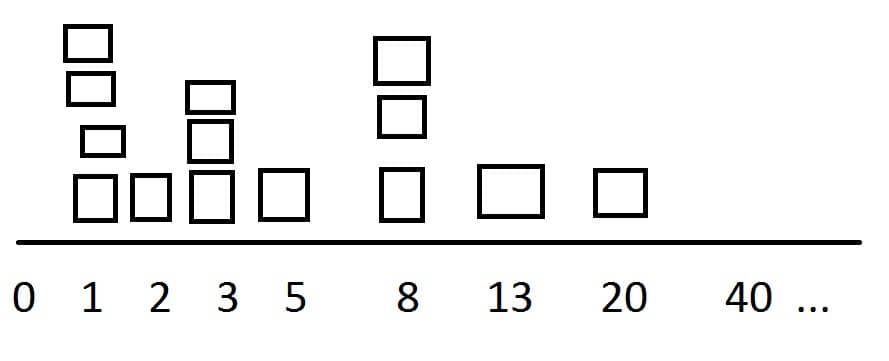Relative Sizing
Facilitate conversation and gain shared alignment on sizing of complexity and value
目录
What is it?
- A mechanism for sizing different items relative to each other.
- A tool to facilitate conversations, especially where there are different views on relative sizes.
- Common techniques include use of story points, planning poker, t-shirt sizes and double figures.
Why use it?
- Facilitates conversation.
- Helps align groups of people to reach consensus on their understanding regarding the size of complexity and/or value of an item.
- Avoids the emotion, buffering and other negative side effects of absolute estimation.
Relative Estimation Example
Let’s say for example you were asked to estimate how difficult it is to eat the fruit below?

- If we were using story points the first challenge here would be identifying the 1-pointer. Let’s say that is the grape.
- From there we then compare the other fruits to the grape.
- Maybe the apple is a bit tougher as you’ve got to eat around the core, so let’s call that a 2-pointer.
- Then the orange and banana have to be peeled first so that might make it more difficult than both of the previous fruits. We therefore know it’s harder than the grape and apple but how much harder? Is it harder than the coconut?
- Probably not. So lets call them a 3-pointer and the coconut, which requires a lot more effort, an 8-pointer.
As we go through these estimations conversations will occur within the team and you’ll discover more with understandings beginning to align. In this example this might include things like:
- Perhaps someone has a tool that makes opening coconuts easier so maybe it doesn’t require as much effort as we thought?
- Maybe the orange has pips in it and also it’s more difficult than the banana?
A helpful tool for big planning
The Relative estimation line is one technique that can help with this sort of thing allowing for quick and easy estimation based on past experience. This line should contain reference stories that have already been estimated (or preferably completed) and allows the team to compare previous work.
An example:
- ‘Okay we have story A, is this bigger than the 3 points we have here?’
- Assuming yes - ‘Okay is it bigger than the 8 pointer? Or is it roughly the same size’
- Assuming no - ‘Okay so we’ll say its a 5 pointer then’

Tips for remote working
- Not very different from how it is run normally but look to utilize online estimating tools and voting applications where possible.
- It is relevant to avoid stories too big that are brought into the sprint and they are carried over multiple sprint, as in face to face engagements.
